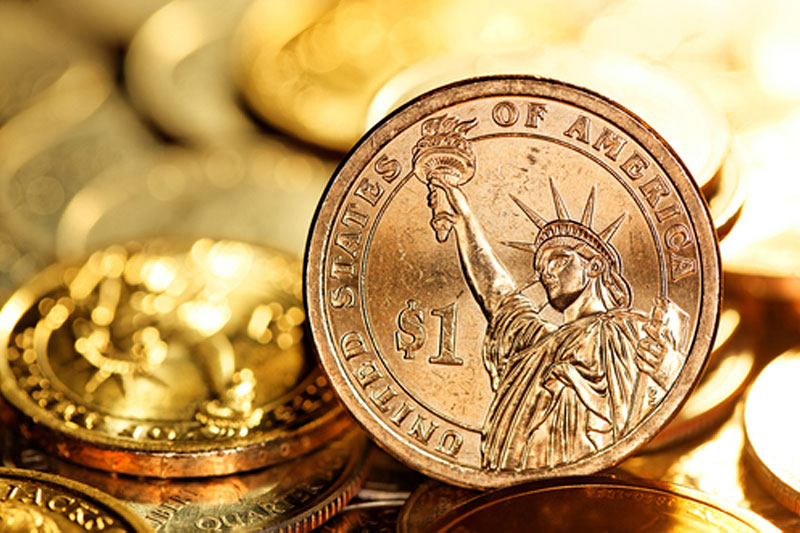Investing.com - The dollar traded largely higher against most major currencies on Wednesday, looking past dovish comments from Federal Reserve Chair Janet Yellen and rising on demand from investors ditching the yen due to strong Chinese data.
In U.S. trading on Wednesday, EUR/USD was up 0.03% at 1.3819.
The Federal Reserve will keep benchmark interest rates low even as the economy improves to ensure sustained recovery, Yellen said earlier.
Monetary authorities hope to see the unemployment rate at the end of 2016 reaching 5.2-5.6% and inflation at 1.7-2%, Yellen said.
"If this forecast was to become reality, the economy would be approaching what my colleagues and I view as maximum employment and price stability for the first time in nearly a decade. I find this baseline outlook quite plausible," Yellen said in prepared remarks in a speech she delivered at the Economic Club of New York.
In the meantime, markets should pay close attention to inflation and unemployment rates, as hiccups can serve as weather vanes when it comes to monetary policy and how long interest rates remain low.
"The larger the shortfall of employment or inflation from their respective objectives, and the slower the projected progress toward those objectives, the longer the current target range for the federal funds rate is likely to be maintained," Yellen said.
Elsewhere, U.S. industrial production rose 0.7% in March from February, beating expectations for a 0.5% reading, which supported the dollar despite soft housing data.
The Commerce Department reported earlier that housing starts rose 2.8% in March to 946,000, missing analyst forecasts for a 6.4% increase to 973,000 units.
Separately, building permits, an indicator of future demand for housing, fell 2.4% in March to 990,000, defying market expectations for a 0.6% increase.
Meanwhile in the euro zone, data revealed that the annual inflation rate slowed to 0.5% in March from 0.7% the previous month, but in line with expectations
Core inflation, which strips out volatile items like food and energy costs, fell to 0.7% from 1.0% in February, missing expectations for a 0.8% reading.
Euro zone inflation has now been in the European Central Bank's danger zone of below 1% for six straight months, fuelling speculation that policymakers will need to implement fresh stimulus measures to shore up the fragile recovery in the euro area.
The dollar was up against the yen, with USD/JPY up 0.34% at 102.26, and up against the Swiss franc, with USD/CHF up 0.18% at 0.8816.
The dollar gained after the yen fell on Chinese growth numbers.
Data released earlier revealed that China’s gross domestic product expanded at an annual rate of 7.4% in the first three months of 2014, slowing from 7.7% in the fourth quarter, but beating expectations for a 7.3% reading, which softened the yen as investors ditched the safe-harbor currency to take on risk.
Also softening the yen, Japanese Central Bank Governor Haruhiko Kuroda told parliament now is not an appropriate time to discuss exiting stimulus policies.
The greenback was up against the pound, with GBP/USD up 0.42% at 1.6797.
The dollar was mixed against its cousins in Canada, Australia and New Zealand, with USD/CAD up 0.33% at 1.1015, AUD/USD up 0.19% at 0.9380 and NZD/USD down 0.13% at 0.8632.
The US Dollar Index, which tracks the performance of the greenback versus a basket of six other major currencies, was up 0.04% at 79.90.
On Thursday, the U.S. is to publish data on initial jobless claims and a report on manufacturing activity in the Philadelphia region.
